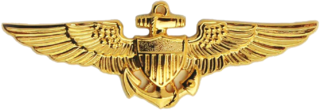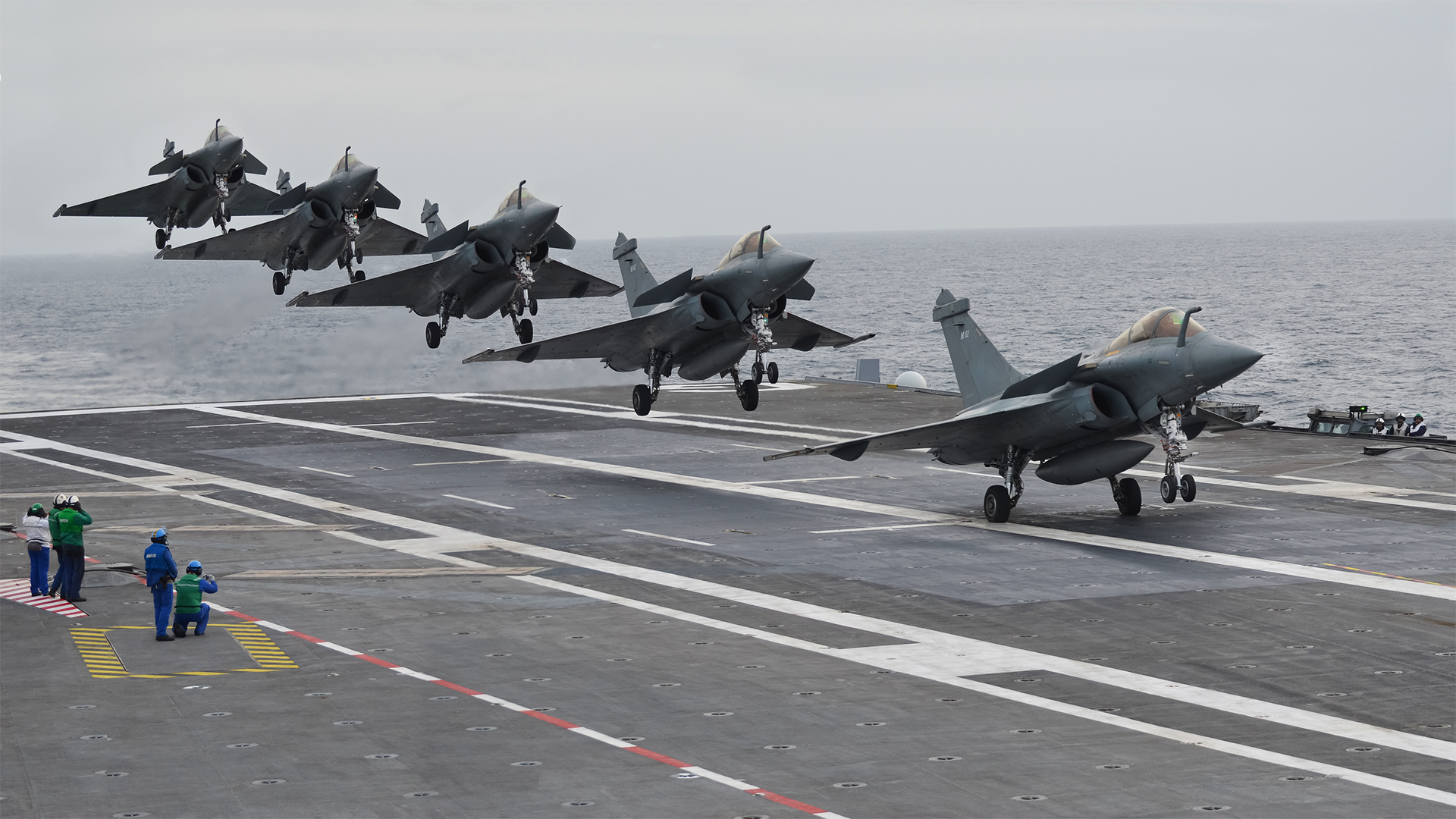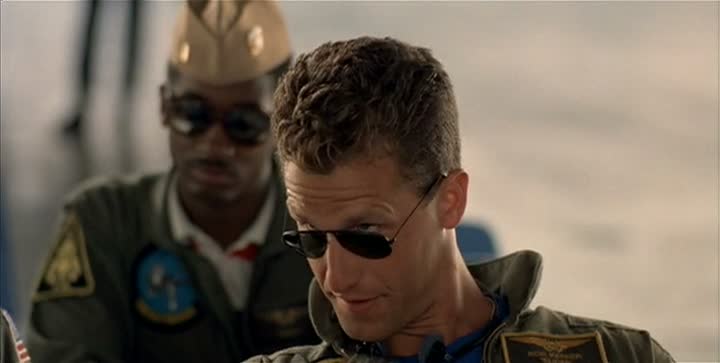J’avais lu le commentaire d'un mec qui se disait ex pilote de F18 dans la Navy à la retraite, disant justement qu'ils n'appontaient JAMAIS AF déployés.eutoposWildcat a écrit :Ce qui est a priori cohérent, le manuel réel indique que l'aérofrein se referme automatiquement lorsque les volets sont déployés et que la vitesse tombe en dessous de 250 kts, sauf à ce que le pilote garde le pouce sur le bouton dédié, pour forcer l'extension, mais il est écrit explicitement que ça n'est pas recommandé.jojo a écrit :C'est un astuce courante sur les avions embarqués, mais après un rapide vérification, les photos ne montrent pas le F/A-18 AF déployé à l'appontage...
Le texte anglais : "Airborne, when in the AUTO FLAPS UP mode, the speedbrake automatically retracts above 6.0 g or above 28° AOA and, when not in the auto flaps up mode, below 250 knots. For aircraft 161702 AND UP, the speedbrake extends with the flaps HALF or FULL so long as the switch is held in EXTEND. This is not recommended. The speedbrake operates normally on the ground."
Edit com retrouvé sur une vidéo de JAR du VFA-113 STINGERS "BOLTER! VFA-113 Carrier Landings Feb 2, 2018"
Le commentaire est de "A.E.W."
Ok guys, some tips for making this more real: Speedbrake never goes out during an approach, never. Fuel state should not be higher than 4.0 to 4.5 for an average landing(2.3 is bingo). I can't remember since it's been so long but I think you would dump fuel to less than 5.0k pounds before attempting to land on carrier. This was to save on wear and tear on the landing gear (from the excessive weight) and to keep the approach speed at the expected 140-155kts range. Paddles would not say anything more than was needed, I never heard paddles say "in close" nor give any direction to the pilot after they landed (deck crews took care of that).
This was to keep the chatter down to the essentials which was (plane#/fuel state from the pilot and powercalls and waveoff command from the LSO. On a few of those approaches paddles should have said "wave off" and the pilot simply climb up and go around for another try. Not sure if the DCS beta has a camera spot at the LSO platform but if you really want to play the LSO role, you should see if you can place the camera view at the LSO platform (where you see the bunch of guys standing in pictures) and watch the planes come in with no plat camera. LSOs do not use the plat cameras they were used for the tv repeaters for the rest of the ship especially ready rooms.
This was for the simple reason that the cameras were never aligned correctly for LSOs. As long as you can get the camera to have part of the ship's flight deck in view than you can calibrate your eyes to start to read the approach. As you will see it's a lot harder without a nifty box diagram.
It's like how baseball umpires eyeball pitches.
-retired Hornet pilot
La partie qui nous interesse :
"Quelques conseils pour rendre cela plus réel: les Speedbrake ne sont jamais sortis pendant une approche, jamais. "
J'avais déjà vu à l'époque un long com du genre sur une vidéo de Blue Zone sur le F/A 18E VRS
Et +1 avec Cat ceci est modélisé sur le Superbug VRS une fois le train sorti impossible d'activer les AF




















